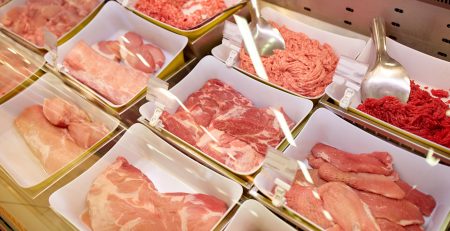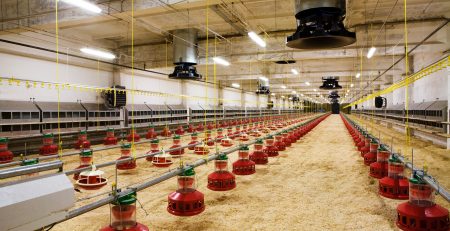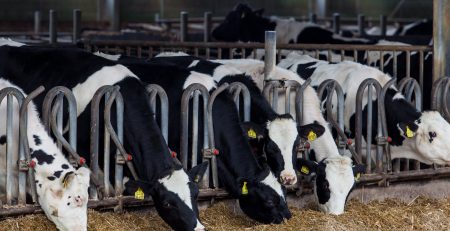Detailed China Update from Chief Ag Negotiator
It’s lonely being at the U.S. Trade Representative’s office lately, especially the fourth floor where top agriculture negotiator Gregg Doud said he’s the only one on that portion of the building. The loneliness is not because he’s like the Maytag repairman with nothing to do! Those quiet confines were an ideal setting to catch up with Doud on key trade issues, including an update on Phase 1 of the U.S./China trade agreement signed Jan. 15, 2020 and taking effect Feb. 14.
First some background on China’s purchases of U.S. farm products. China imported $5 billion worth of U.S. ag goods in the first quarter of 2020, according to Chinese data, including $3.1 billion of soybeans and $430 million of pork. China’s total U.S. ag purchases increased 110% in the first three months of this year. This week’s USDA Weekly Export Sales report showed China continued making some purchases of U.S. ag commodities the week ended April 9, including net purchases of 165,000 tonnes of U.S. wheat (50,000 tonnes for 2019-20; 110,000 tonnes for 2020-21), net purchases of 137,750 tonnes of sorghum, 5,869 tonnes of soybeans, 1,489 tonnes of U.S. beef and 16,402 tonnes of pork (even after cancelling 6,072 tonnes of prior purchases). While China bought cotton this week, cancellations of prior buys meant a net reduction of 81,999 running bales of upland cotton to China.
The obvious question to ask Doud was whether or not China would live up to its Phase 1 commitment of purchases of U.S. farm products. “You know, the Phase 1 agreement with China and agriculture was just not about purchases, it was also about fixing a very significant number of unwarranted trade barriers,” Doud said, detailing there were “something like 57 different things that we agreed between the U.S. and China to remedy and fix.”
Timeline of ag-related accords. Some of those ag-related agreements took place when the agreement took effect Feb. 14. Some of those were within five days, 10 days, 20 working days, one month, two months. “Here we are now at kind of the two-month point,” Doud said. “And so far, we’re doing very, very well. We’re in constant contact with China almost every single day… back and forth… making sure we are getting things fixed. And, you know, we’re not perfect. There are still a few things that we’re trying to sort out. But I will tell you, every single day, despite what’s going on in China… we see the difficulty they’ve been going through for most of this year… despite all of that, they’re working very hard. Our folks at USDA, FDA, etc. are working very hard to get all of this implemented.”
Content within the Farm Journal Forum is the property of Farm Journal, Inc and protected by copyright.










